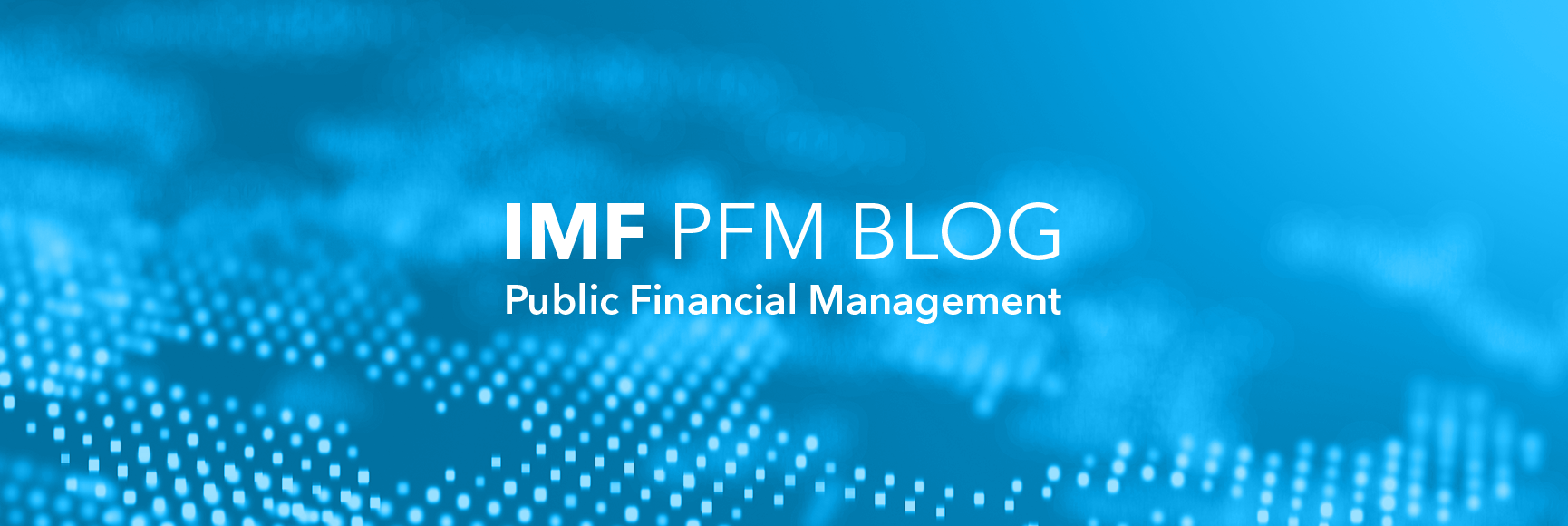By Tej Prakash
During the past decades, the total amount of external aid going to developing countries has increased greatly, and a great deal more has been committed in the coming years as a part of the Millennium Development Goals. The effectiveness of this aid depends upon many factors: the absorptive capacity in the recipient countries, their governance and managerial systems, and the effectiveness of their institutional framework. There is much literature on this subject. However, there is another side to the story that has not been explored as much: how much of the blame or credit goes to the aid giving agencies; can any lessons be learnt from the experience so far, both from the policy and the practice of giving aid.
Two related papers, one by Easterly and Pfutze (Easterly, William, and Tobias Pfutze, 2008, “Where Does the Money Go? Best and Worst Practices in Foreign Aid,” Journal of Economic Perspective, Vol. 22, Number 2 (Spring), pp. 29—52)and the other by Easterly (Easterly, William, 2007, “Improving Aid Agencies,” Economic Policy, UK, pp. 635—678), explore this issue and examine the track record of aid agencies in the past decades, both in establishing aid policy and in the actual flow of funds. Based on the past experience of successful and not-so-successful aid, they ask three questions: what is an ideal aid agency, what are best aid giving practices, and have the aid agencies followed the best practices.
In the first paper, Easterly and Pfutze discuss what the best practices in aid giving are, and what an ideal aid agency is.
Best practice implies that aid agencies should be transparent in their operations. They should not spread themselves too thinly either in giving aid for too many objectives or to too many regions geographically. They should be focused, and should specialize both in subject matter as well as in regions. They should also try to channel most aid to the poorest and least corrupt countries. And finally, the authors conclude that aid tied to donor conditions (such as purchase of goods from the donor country), and food aid are the least effective forms of aid. Tied aid increases the cost of goods. Food aid often results in disincentives for the local farmers. The authors also consider technical assistance as a less effective form of aid, mainly on the argument that it benefits foreign experts more than it benefits the countries. However, the authors admit that since data on technical assistance is both inadequate and flawed, no definitive conclusions can be drawn.
The authors conclude that aid agencies have made little progress in any of these areas. Aid agencies still have not made much progress in untying aid to donor conditions. On the whole, they do not specialize, and generally spread aid over many countries and multiple objectives. The authors give many examples, one being of Austria providing, in 2004, $10,000 in aid to Cambodia, which might hardly cover overhead costs of providing and receiving this aid. In addition, much aid still flows to countries ruled by corrupt dictators.
The authors construct an index of transparency of the modus operandi of the aid agencies based on OECD reporting. Technical assistance is omitted from this transparency index due to lack of data reliability. Multilateral development banks (the World Bank, Asian Development Bank, etc.) perform the best as the most transparent, most specialized, least fragmented, and most cost effective aid agencies. Among the bilateral donors, the UK, Norway, Sweden, the US, and Japan do best. IMF and IDA, among multilateral agencies, score well on the score of giving money to low income countries. Rather surprisingly, the UN agencies score low on most counts.
In the second paper, Easterly asks if aid agencies have improved over time: is aid less fragmented today; is there a decline in tied and food aid and in the share of technical assistance; and is there more sensitivity to the institutional and policy environment. On the positive side, the share of tied aid has declined, and food aid seems to have diminished in importance over time. However, aid still remains fragmented and remains less sensitive to institutional and policy environment.
Have aid agencies learnt from experience? There is general recognition of the importance of good institutions and policies. However, there is little evidence of increased aid flows to countries with good institutions and policies. He points to the need for more research in political economy factors that lead to such "unhappy" results.
My personal comments on the papers
It is a little surprising that Easterly admits that due to inadequate and unreliable data, it is difficult to draw any conclusion about the effectiveness of technical assistance as a form of aid. However, this does not prevent him from quoting from different sources to debunk bureaucracy, presumably both in the aid agencies and the recipient countries. In a serious paper, it smacks, somewhat, of populism. However, this argument is consistent with Easterly's thesis all along, that the history of aid is that it has not performed well mainly due to problems frequently mentioned in literature: poor governance, corruption, lack of capacity in the recipient countries, etc. This is, however, the first time that he puts the aid agencies under the radar. How the other side of this debate on aid (Sachs and others) will respond, will be interesting to watch.






